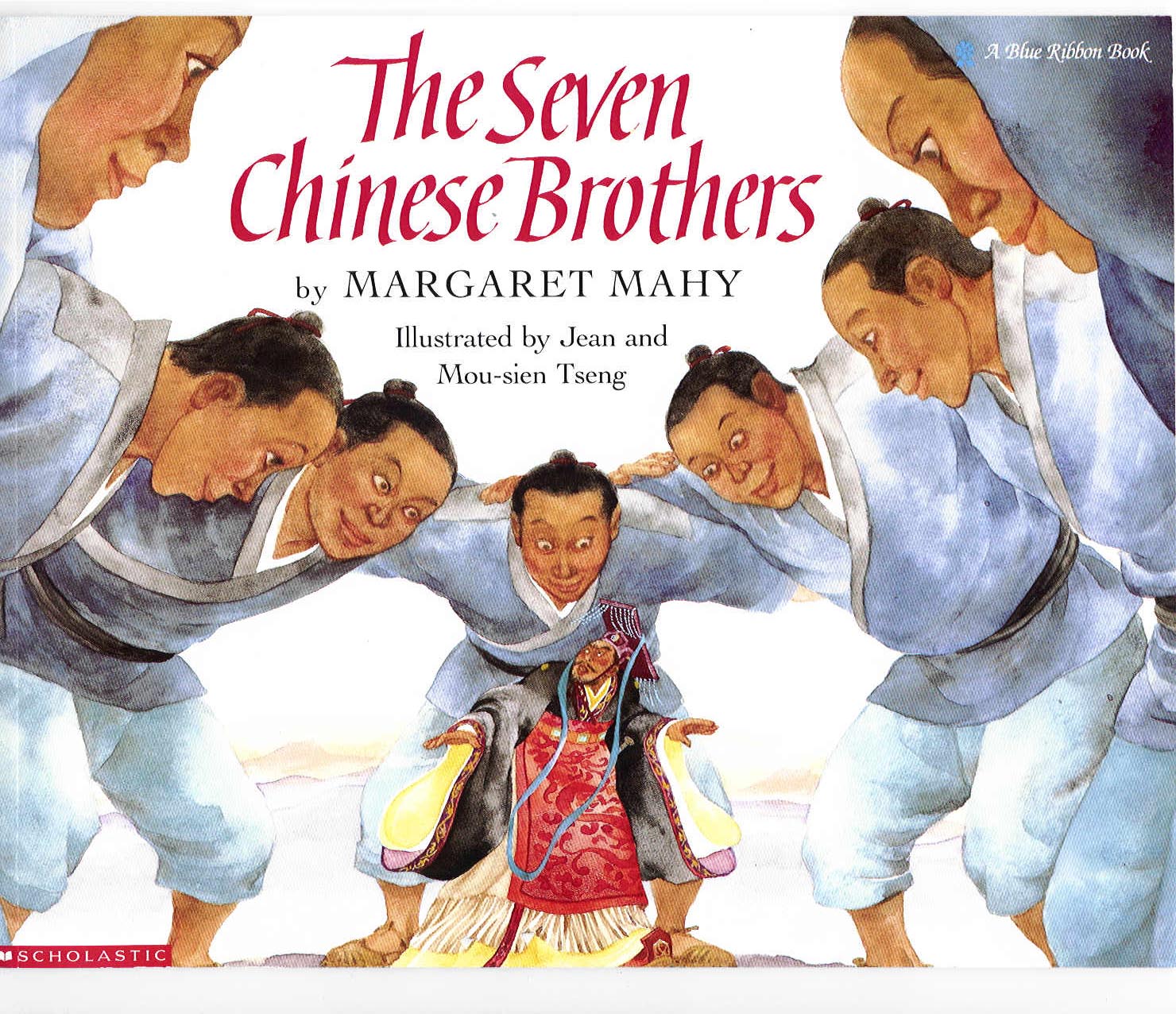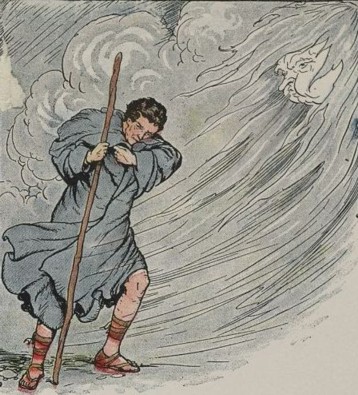 Sources
SourcesHoskins, Bob. "The Bremen Town Musicians."
Rabbit Ears World Tales Volume 5. Rabbit Ears Entertainment, 1997.
Puttapipat, Niroot.
The Musicians of Bremen. Cambridge, MA: Candlewick Press, 2005.
Rockwell, Anne. "The Bremen Town Musicians."
The Old Woman and Her Pig and 10 Other Stories. New York: Thomas Y. Crowell, 1979.
Sierra, Judy. "How Jack Went to Seek His Fortune."
Can You Guess My Name?: Traditional Tales Around the World. New York: Clarion Books, 2002.
Wilhelm, Hans.
The Bremen Town Musicians. New York: Scholastic, 1992.
Zwerger, Lisbeth.
The Brothers Grimm: The Bremen Town Musicians. New York: Penguing Young Readers Group, 2007.
Summary: A donkey, dog, cat, and rooster run away from their masters after learning of plans to kill them. They decide to go to Bremen and become musicians. As night falls while they are on the road, they find a cabin occupied by robbers enjoying a feast. The animals scare off the robbers and take the feast and cabin for themselves for the night. When one of the robbers comes back while they are asleep, the animals defend their new home, sending the robber back to his cohorts with tales of monsters and ghosts. The animals decide they are happy where they are, and claim the cabin as their own.
Cultural origins: German. This tale is usually attributed to the Grimm brothers, and Bremen is a small town in northwestern Germany.
Audience: Middle-upper elementary. Due to the complexity of the story, I would probably use this with 3rd-5th graders in a library or school setting.
Adaptation notes: In the introduction to the story, I have added a note about the significance of Bremen and its role in the story. I would also add animal noises to identify the different characters as they are introduced and when they raid the cabin. I might also break the audience into groups to make the animal noises during the cabin raid in order to create a good cacophony.













